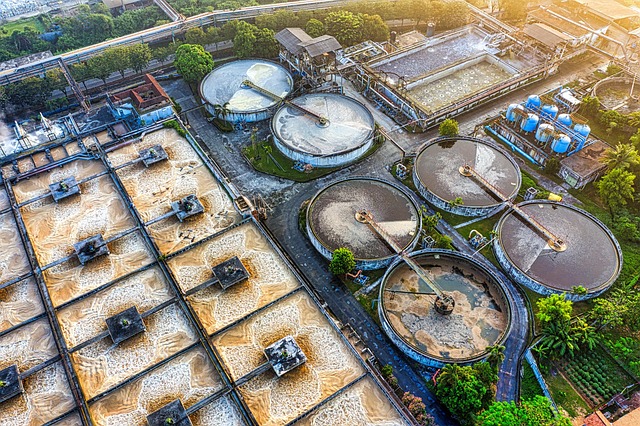Transforming Waste Infrastructure for a Greener Future
We all play a part in the waste cycle, separating our recyclables and trying to reduce what we send to landfill. But what happens after the bin is collected? The journey leads to a waste facility, a critical piece of infrastructure often unseen and sometimes associated with environmental concerns. Traditionally, these facilities have significant impacts, contributing to our collective ecological footprint through energy consumption, emissions, and land use. As awareness grows and the urgency of climate action increases, reimagining these essential hubs is not just an option, but a necessity for sustainable development.
Minimizing Our Ecological Footprint
The environmental impact of managing waste is substantial. From transportation to processing and disposal, conventional waste facilities can be major sources of greenhouse gas emissions, odour, and potential pollution. Understanding and quantifying this ecological footprint is the first step towards reducing it. For industries and communities committed to a sustainable future, the goal is to transform these necessary operations from environmental burdens into models of ecological responsibility.
The Vision: A Carbon Neutral Waste Facility
Imagine a waste facility that operates with zero net carbon emissions. This is the ambitious vision driving innovation in the waste management sector. Achieving a carbon neutral state means balancing any emissions generated by the facility’s operations with an equivalent amount of carbon removal or offsetting. This involves a complete overhaul of how energy is sourced and used, how waste is processed, and how potential emissions are managed. It’s about creating a closed loop system where the facility itself doesn’t contribute to the climate crisis.
Leveraging Green Technologies
Building a carbon neutral waste facility relies heavily on the adoption and integration of cutting-edge green technologies. This includes powering the facility using renewable energy sources like solar or wind. It might involve advanced waste-to-energy processes that capture biogas or generate electricity from non-recyclable waste in a controlled, low-emission manner. Energy efficiency measures are paramount, reducing the overall power demand. Technologies for capturing and utilizing methane emitted from decomposing waste, a potent greenhouse gas, are also crucial. By employing these and other innovative solutions, facilities can drastically cut their emissions profile.
Contributing to Sustainable Development
Creating carbon neutral waste facilities is more than just an environmental initiative; it’s a fundamental component of sustainable development. Such facilities support economic goals by creating green jobs and potentially generating revenue through energy production or resource recovery. They enhance social well-being by reducing pollution and improving local air quality. Most importantly, they are vital for meeting global environmental targets and building resilient communities that can thrive within planetary boundaries. Investing in this kind of infrastructure demonstrates a commitment to a future where waste is managed responsibly, minimizing harm and maximizing benefit for both people and the planet.




